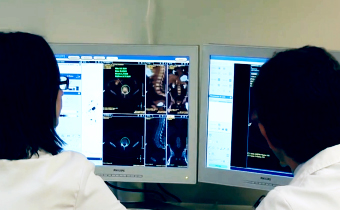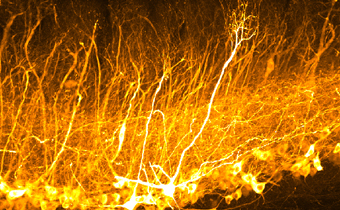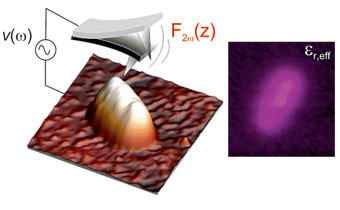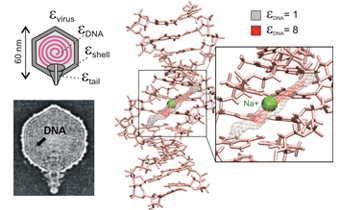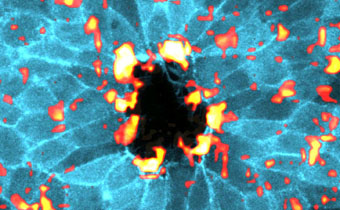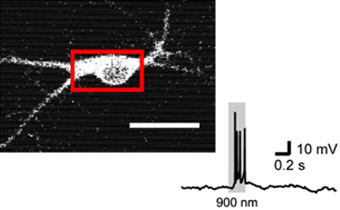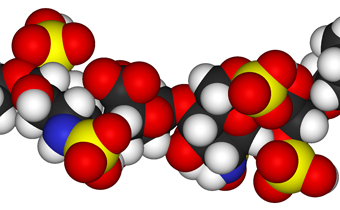Key player identified in bacterial infections
 A group at IBEC has identified a important factor in E. coli infection, opening the way to developing targeted drugs against the potentially deadly condition.
A group at IBEC has identified a important factor in E. coli infection, opening the way to developing targeted drugs against the potentially deadly condition.
Most E. coli bacterial strains occur naturally in the human gut and pose no harm to health, except for the one particular serotype that always hits the news, O157:H7, which can cause food poisoning and can become life-threatening in certain patients.

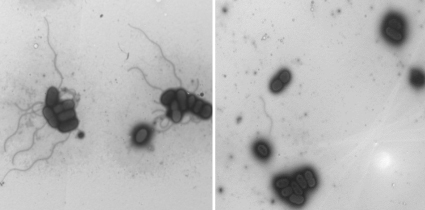
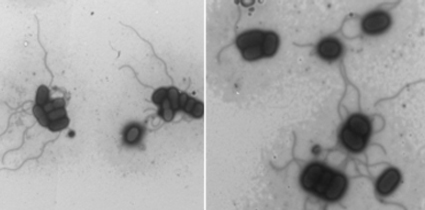 A group at IBEC has identified a important factor in E. coli infection, opening the way to developing targeted drugs against the potentially deadly condition.
A group at IBEC has identified a important factor in E. coli infection, opening the way to developing targeted drugs against the potentially deadly condition.